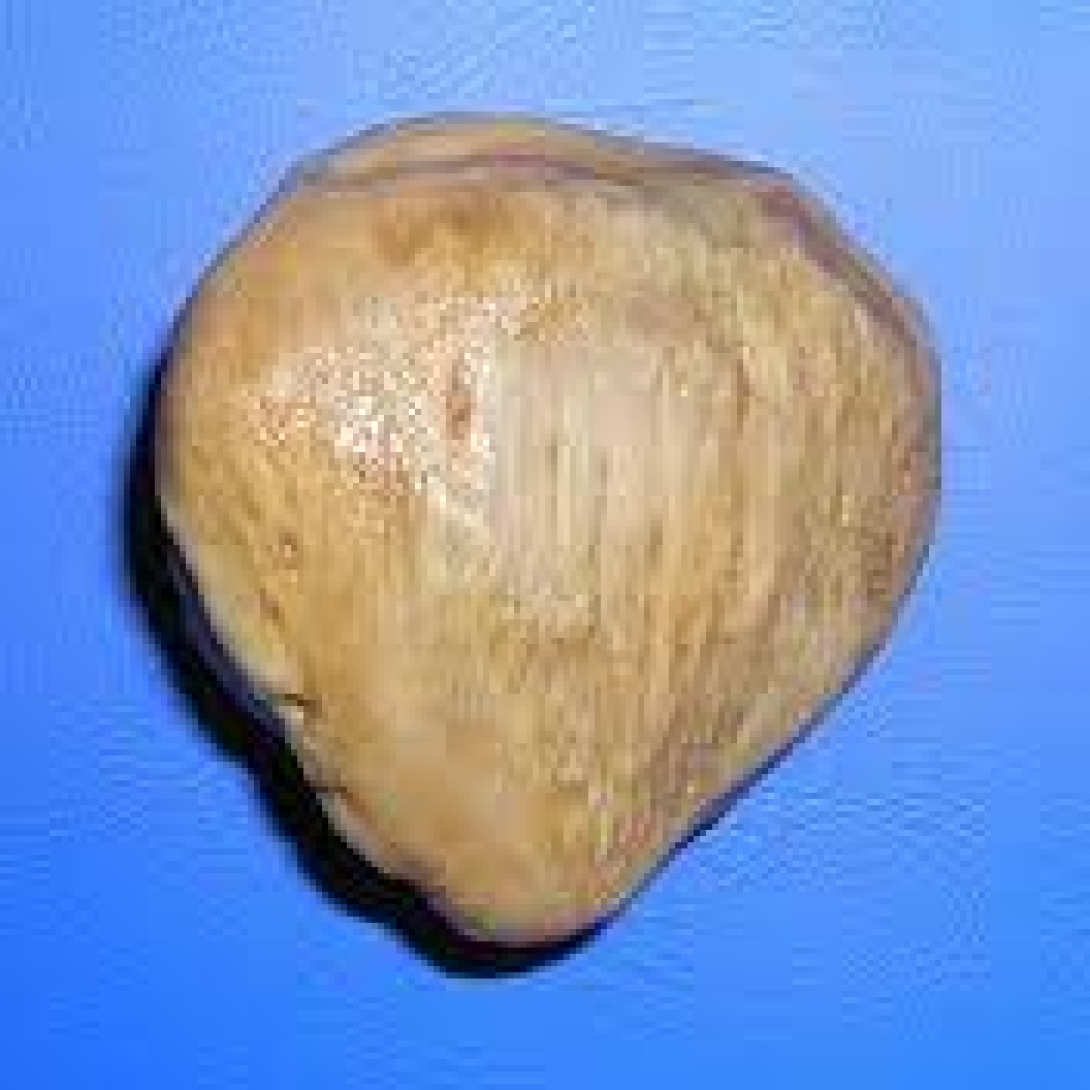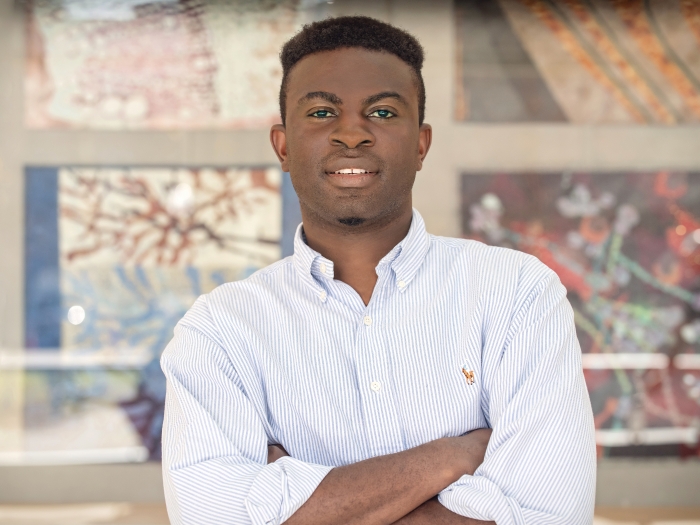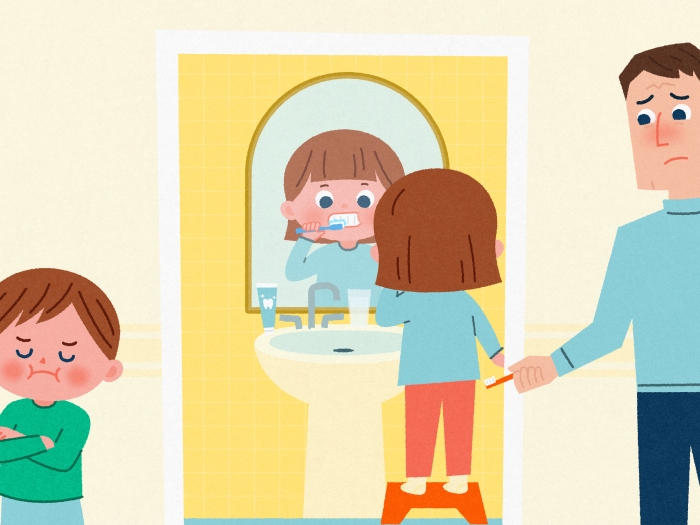It's true, I have a pocket patella, which I will tell you about in due time. First, let me explain a bit about how our M1 class has evolved throughout our year in the anatomy laboratories.
The thing is, I still secretly love anatomy lab. Sure, it can be long and cold and smelly and tiring, but we also have a lot of fun in there. I am lucky, of course, to have two amazing teammates to dissect with. The three of us have fallen comfortably into our roles and we have a solid division of labor…that leaves time for exchanging good jokes and our weekend stories. We teach each other, we get excited, and we enjoy soliciting the professors' stories of medicine "back in the day."
However, we have gotten to that time of year when students are not always as enthusiastic about anatomy as we were at the beginning. In all fairness, much of the actual dissection is analogous to the "manual labor" stage and you can't learn all the details while in lab; you still have to study from books and online modules before and after dissecting. Much of the time spent in there with the cadavers is the grunt work of removing layers and layers of fat and fascia before you can get to the interesting arteries and nerves. It's like cleaning, and it takes several hours before you begin to find the structures that you are supposed to identify.
I'll be honest: I genuinely enjoy the tactile experience of dissection. I like the textures, I like using my hands, and I like that it weirdly reminds me of cooking. There are occasional moments when I lose my emotional distance and dislike the feeling of cutting and violating places such as the face or the genitals, but mostly I find it fascinating and beautiful. Interestingly, it's not the "classic" moments that touch me most deeply (although I admit that the first time I held a heart was a special moment). There are certain things I find beyond incredible for some inexplicable reason. The patella is one of those things.

Patellas (aka kneecaps) are the largest sesamoid bones in the body. Sesamoid bones are embedded in tendon and, in the case of the patella, they are also inside the joint capsule of the knee and closely related to the five ligaments, two menisci, and up to thirteen bursae. Anyhow, more to the point, the knee dissection was optional, but I got overly excited. Not only did I clean out the joint capsule, but I spent nearly 90 minutes carefully, painstakingly removing every scrap of tissue from the patella. I really like patellas. They are beautiful and fit perfectly in your palm. My friend and classmate found a rock in the dog park that was exactly the shape of a patella; she picked it up, cleaned it, and made me a lucky pocket patella! It was her husband, another classmate, who taught me how to tell a right patella from a left one if you are holding the bone in your palm (they are slightly asymmetrical and when you place it with the curved side down it will fall to one side). Most importantly, my pocket patella has brought me great luck over the last several months. Embrace what you love, however eccentric. M1 year continues!


Department of Communication at Michigan Medicine
Want top health & research news weekly? Sign up for Health Lab’s newsletters today!




